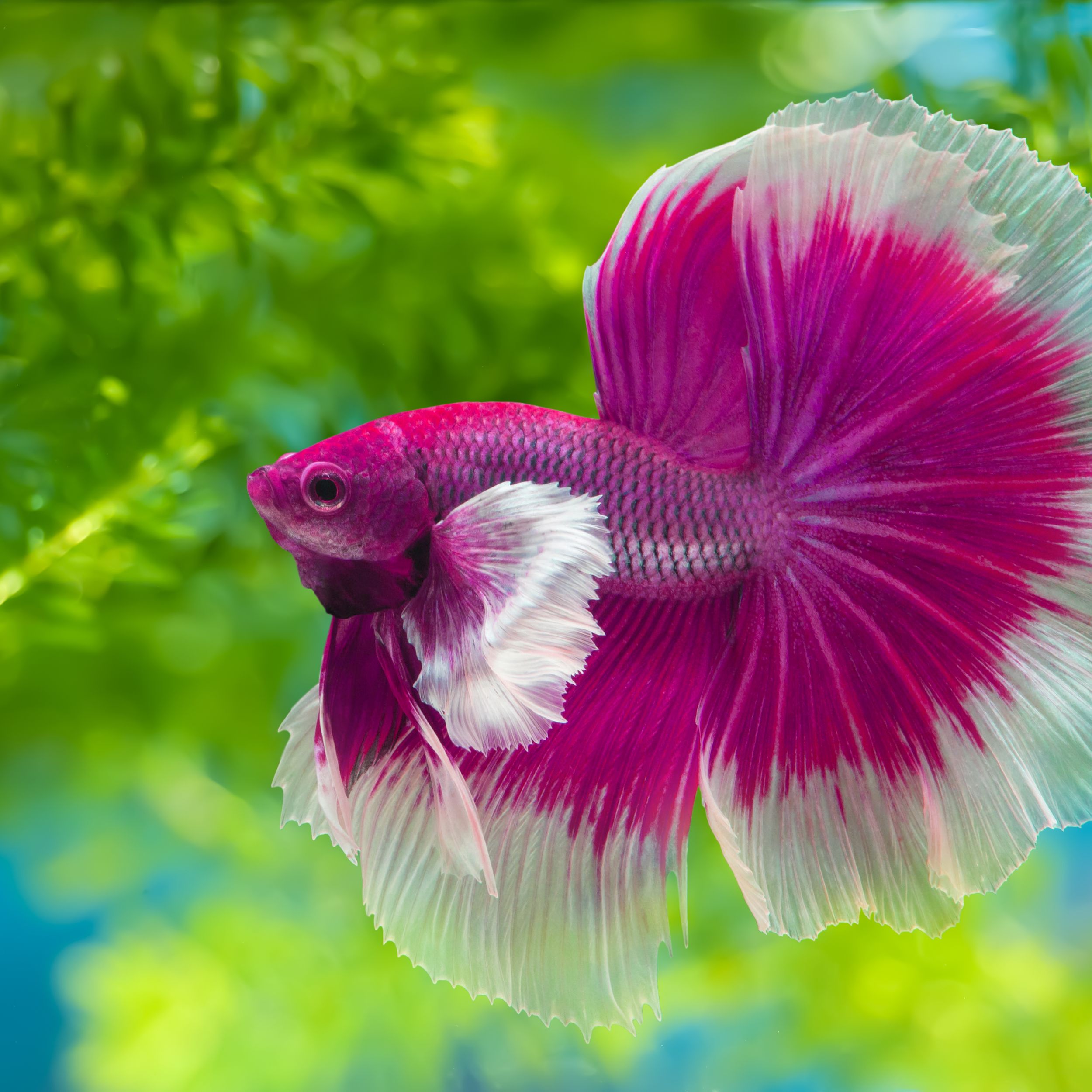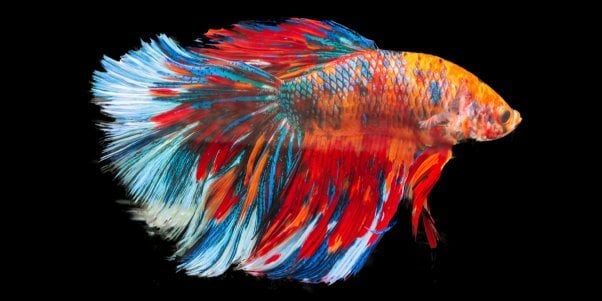How to Breed Betta Fish Efficiently: Specialist Strategies and Insights for Hobbyists Wanting To Expand Their Betta Collection
Breeding Betta fish needs a nuanced understanding of genetics and environmental problems, making it crucial for hobbyists to approach the process with both diligence and care. Developing an optimum reproduction atmosphere, picking the ideal pairs, and observing the details of their courtship actions are foundational actions that can substantially influence the outcome.
Recognizing Betta Fish Genetics
Understanding the genes of Betta fish is critical for effective breeding, as it affects characteristics such as color, fin form, and behavior. Betta fish exhibit a diverse array of shades and patterns, mostly identified by their hereditary make-up. The key genes accountable for coloration include the "B" genetics for blue, "D" genetics for red, and the "C" genetics for color intensity. Breeders can manipulate these traits by picking particular parent fish that exhibit desired features.
In addition to pigmentation, fin morphology is an additional considerable facet of Betta genes (betta fish). The sizes and shape of fins are influenced by various genetics, consisting of those that identify whether the fins are short, long, or veil-shaped. Understanding these genetic variations aids breeders anticipate the phenotypic results of their offspring
Additionally, behavioral attributes such as aggression and territoriality can also be influenced by genetics. These habits play an essential function in the reproducing process, as they can influence generating success and the overall character of the resulting fry. By adequately comprehending these genetic concepts, breeders can make informed decisions, inevitably improving their breeding programs and attaining desirable outcomes.
Preparing the Breeding Environment
Creating an ideal reproduction setting is crucial for the effective recreation of Betta fish. The very first action in preparing this atmosphere is to choose a proper breeding tank, ideally ranging from 5 to 10 gallons.
Following, think about making use of a sponge filter or an air stone to offer mild water blood circulation without producing solid currents that can worry the fish. It is necessary to mount plants or breeding cones to supply concealing spots and advertise convenience for the lady throughout the spawning procedure. Floating plants, such as Java moss or water sprite, can likewise produce a much more natural surroundings while helping with bubble nest structure by the male.
Prior to presenting the breeding sets, make sure the water is conditioned and without unsafe chemicals, such as chlorine or hefty steels. betta fish. Routine water modifications need to be performed to keep optimal water top quality, improving the possibilities of effective breeding. With these prep work in location, the reproducing environment will certainly support the health and wellness and wellness of both Betta fish
Picking Reproduction Pairs
Selecting the appropriate breeding sets is critical for achieving successful Betta fish view recreation. When selecting your reproduction sets, take into consideration several key variables including health click here for more info and wellness, personality, and genes. Healthy Betta fish show vivid colors, clear eyes, and active actions. Picking fish that are without illness makes certain a better chance of producing feasible spawn.
Character is an additional crucial consideration, as Betta fish are known for their aggressive nature. It is a good idea to select a male and woman that show compatible temperaments to minimize anxiety throughout the breeding procedure. A tranquil man can urge a smoother courtship, while a lady that is as well hostile may interfere with the process.
Hereditary history likewise plays a substantial duty in the high quality of the children. Breeding fish that are genetically diverse can minimize the danger of hereditary wellness issues and improve the total vigor of the fry. It is beneficial to research the family tree of both the male and lady, focusing on desirable traits such as fin type, shade patterns, and size.
The Breeding Process
The reproduction procedure of Betta fish requires careful planning and interest to information to ensure an effective outcome. Originally, it is vital to prepare an ideal reproduction container, ideally a 5-10 gallon aquarium with a temperature level maintained at 78-80 ° F. The storage tank ought to be geared up with a heating system, filter (preferably sponge type to stay clear of solid currents), and lots of aquatic plants for the female to hide.
When the environment is set, present the chosen breeding pair to advice the tank, allowing them to adapt. Observe their behavior; the male will certainly present fancy courtship rituals, consisting of flaring his fins and developing a bubble nest. If the female reveals passion, she will certainly display upright red stripes suggesting readiness for spawning.
When the woman is receptive, both will involve in a mating welcome, during which the male fertilizes the eggs. It is vital to monitor their interactions very closely, as the male might become aggressive. After spawning, remove the lady to stop potential injury. The man will certainly tend to the eggs, which usually hatch out within 24-36 hours. Maintaining optimal water problems throughout this period is important for the growth of healthy and balanced Betta fry.
Caring for Betta Fry

Feeding Betta fry is vital, as they require a diet plan high in healthy protein. They can be fed infusoria or fluid fry food, transitioning to finely crushed high-grade pellets as they grow. Feed tiny portions numerous times a day to encourage healthy development without overwhelming the storage tank with uneaten food.

As they mature, check their development very closely and divide any hostile people to avoid harm. By giving a nurturing setting and proper nourishment, enthusiasts can successfully increase Betta fry right into vivid, healthy and balanced fish, inevitably enhancing their reproduction undertakings.
Final Thought
Successful Betta fish reproduction calls for careful interest to hereditary selection, ecological problems, and care for the fry. By comprehending the genetics of Betta fish and preparing an appropriate reproduction atmosphere, hobbyists can improve the opportunities of generating vibrant, healthy spawn.